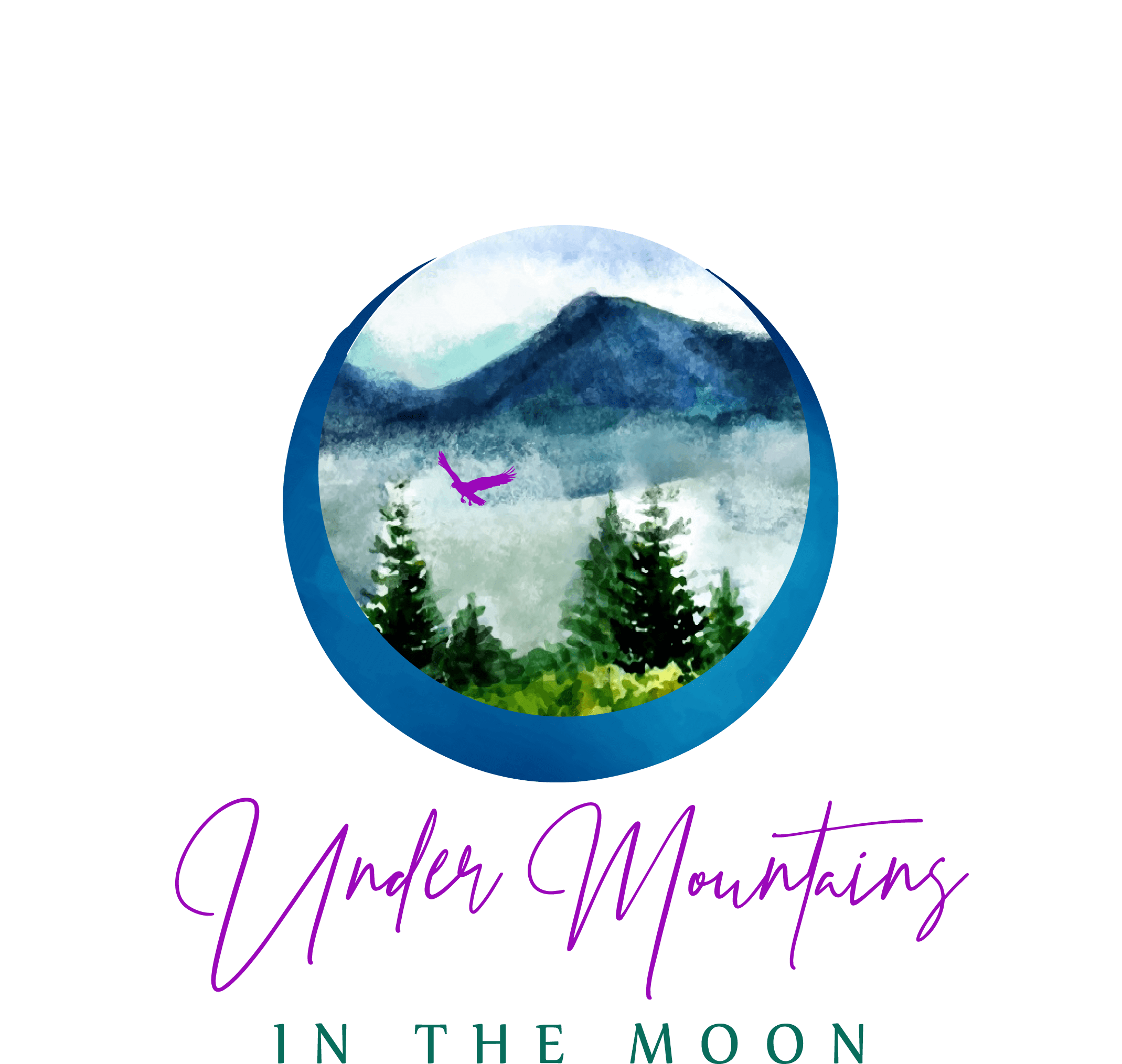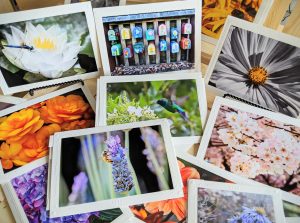I first learned about ecoprinting a couple of years ago but never gave myself the time to try it—until last fall. As a paper artist always on the lookout for new textures and patterns, I decided to enroll in a half-day ecoprinting workshop in Guelph. I came home with three beautiful watercolor sheets and a couple of muslin pieces, all imprinted with stunning botanical designs.
Since it was late fall, I couldn’t find many leaves and flowers to continue experimenting. Luckily, I had plans to spend the winter in Mexico, so I escaped the Canadian barren landscapes to explore this fascinating technique in a warmer climate.

Handmade journals with ecoprint covers
How It Works
The basics of ecoprinting are quite simple: you need a protein-based medium (I use cotton watercolor paper) to help fix the colors from the plants, a mordant to set the dye, and modifiers if you want to alter the final hues.
What I love most about this process is its unpredictability—it’s entirely experimental! The results depend on countless factors: the type and freshness of the leaves, the season, the duration of heat exposure, and even the paper or fabric used. Sometimes, the outcome turns out even more beautiful than expected; other times, it can be a bit disappointing. But that’s part of the fun!
The Results
With my collection of pressed leaves from Toronto and fresh flowers from my Tepoztlán garden, I was able to create some amazing prints. I used 300gsm watercolor paper, which produced stunning results, and later experimented with amate, a tree bark fiber paper native to this region of Mexico.
I’ve always been fascinated by botanicals, and they frequently appear in my artwork in various forms. Learning ecoprinting has opened up an exciting new way to incorporate nature into my pieces while also allowing me to create one-of-a-kind papers.
With the ecoprints I created last winter, I’ve assembled bookmarks, collages, artist books, and journals—each infused with the organic beauty of plants.

Jacob’s Ladder made with Ecoprint Panels. All plants used are local to Tepoztlán: coffee, guava, tabachin, eucalyptus, and more.
Looking to bring some botanical patterns home?
Find ecoprinted collages, bookmarks, journals, and artist books on my Esty store!




